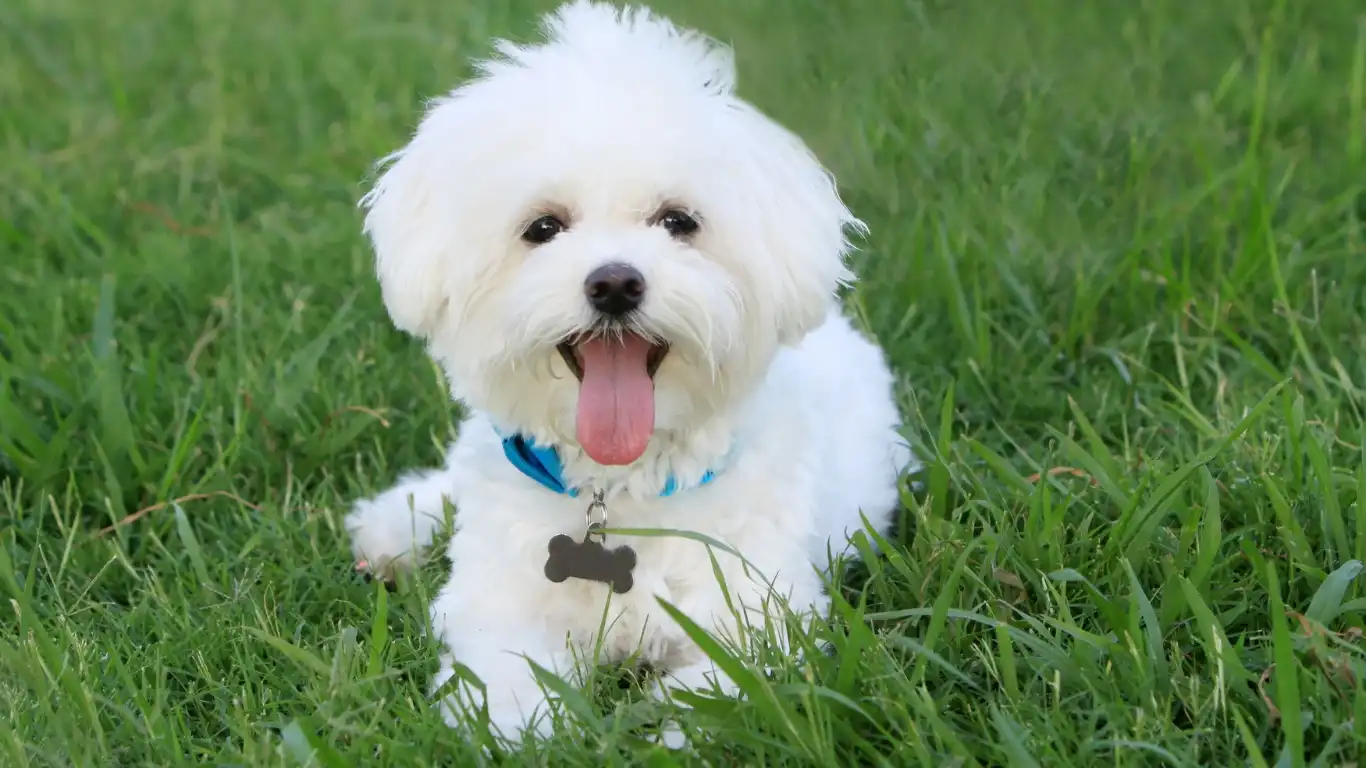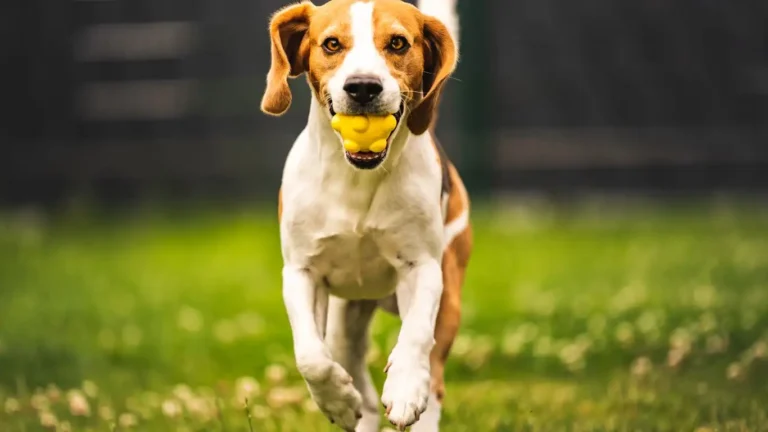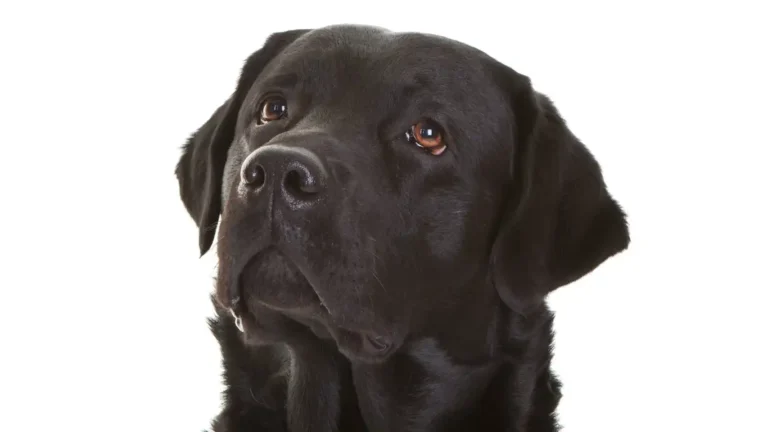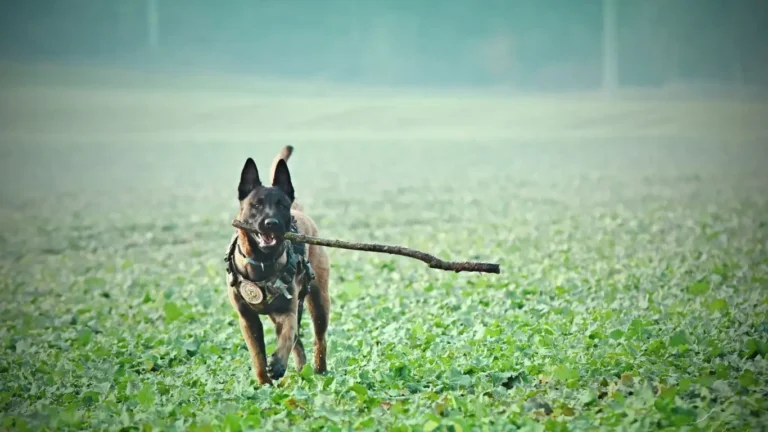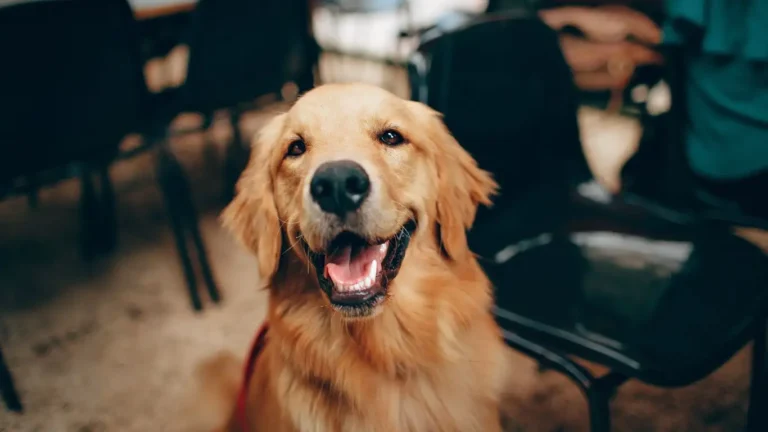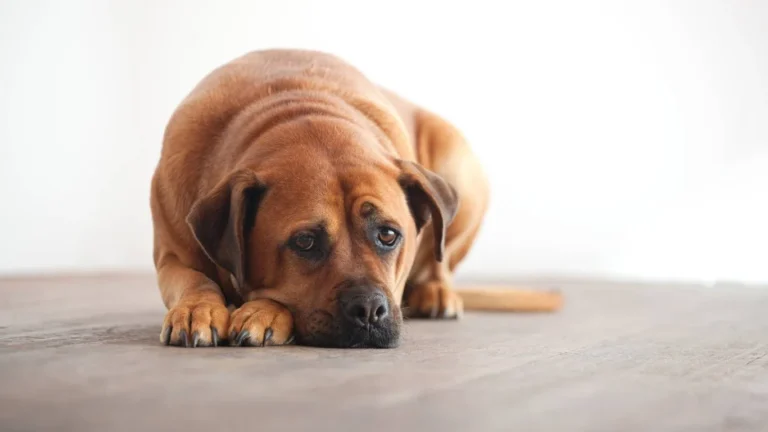10 Proven Ways to Teach Your Dog to Enjoy Grooming and Look Fabulous
Let’s talk about something that comes up a lot in the clinic—how to teach a dog to enjoy grooming. If you’ve ever tried to bathe a squirmy pup or trim the nails of a dog who acts like you’re stealing their soul, you already know it’s not always easy. As a vet tech specializing in nutrition, I’ve had my fair share of soap-soaked scrambles and runaway clippers. But here’s the good news: with the right approach (and a little patience), even the most grooming-averse pooch can learn to *not just tolerate*, but actually enjoy grooming time.
Why Grooming Feels Scary for Some Dogs

Let’s be real—many dogs think grooming is suspicious. I mean, from their perspective, you’re suddenly asking them to stand still while you mess with their paws, ears, and fur. Weird, right? Especially if it’s not something they’re used to from puppyhood. It’s no surprise that a lot of dogs go into fight-or-flight mode the second the nail clippers come out.
In my experience, dogs that don’t enjoy grooming usually fall into one or more of these categories:
- They had a bad experience (someone quicked a nail, or pulled on a knot)
- They weren’t introduced to grooming early enough
- They’re super sensitive (hello, touch-averse pups!)
- They’re just not used to being handled in certain areas
Grooming is so much more than vanity—it’s about health. I’ve seen cases where regular brushing could’ve prevented painful matting, or where early detection of a lump during a bath made all the difference. So yeah, it’s worth the effort to make grooming a positive experience for your dog.
Start Slow and Respect Their Boundaries

One thing I always tell pet parents in the clinic is: start slow, go low-pressure. Dogs pick up on your energy, so if you’re stressed or impatient, they’ll feed off that. Your dog doesn’t need a full spa day on the first try—just start by making grooming part of your daily chill time.
Here’s how I usually recommend starting:
- Touch Desensitization: While you’re cuddling on the couch, gently touch your dog’s paws, ears, and tail. Don’t do anything fancy—just touch, reward, repeat. Make it no big deal.
- Introduce Tools Early: Let them sniff the brush or the nail grinder. Don’t use it right away. Just let it sit near them while they relax. Curiosity can work in your favor.
- Use High-Value Treats: I’m talking about the good stuff—freeze-dried liver, shredded chicken, whatever your dog loses their mind over. Grooming should be paired with their absolute favorites.
- Short and Sweet Sessions: Keep grooming sessions under 5 minutes at first. End on a good note before they get overwhelmed.
With one of my more anxious patients—a sweet little Yorkie named Luna—we started with just holding the brush near her while she munched on peanut butter from a lick mat. Over time, we worked up to full brushing sessions, and now she wags her tail when the grooming kit comes out.
How to Teach a Dog to Enjoy Grooming with Positive Reinforcement
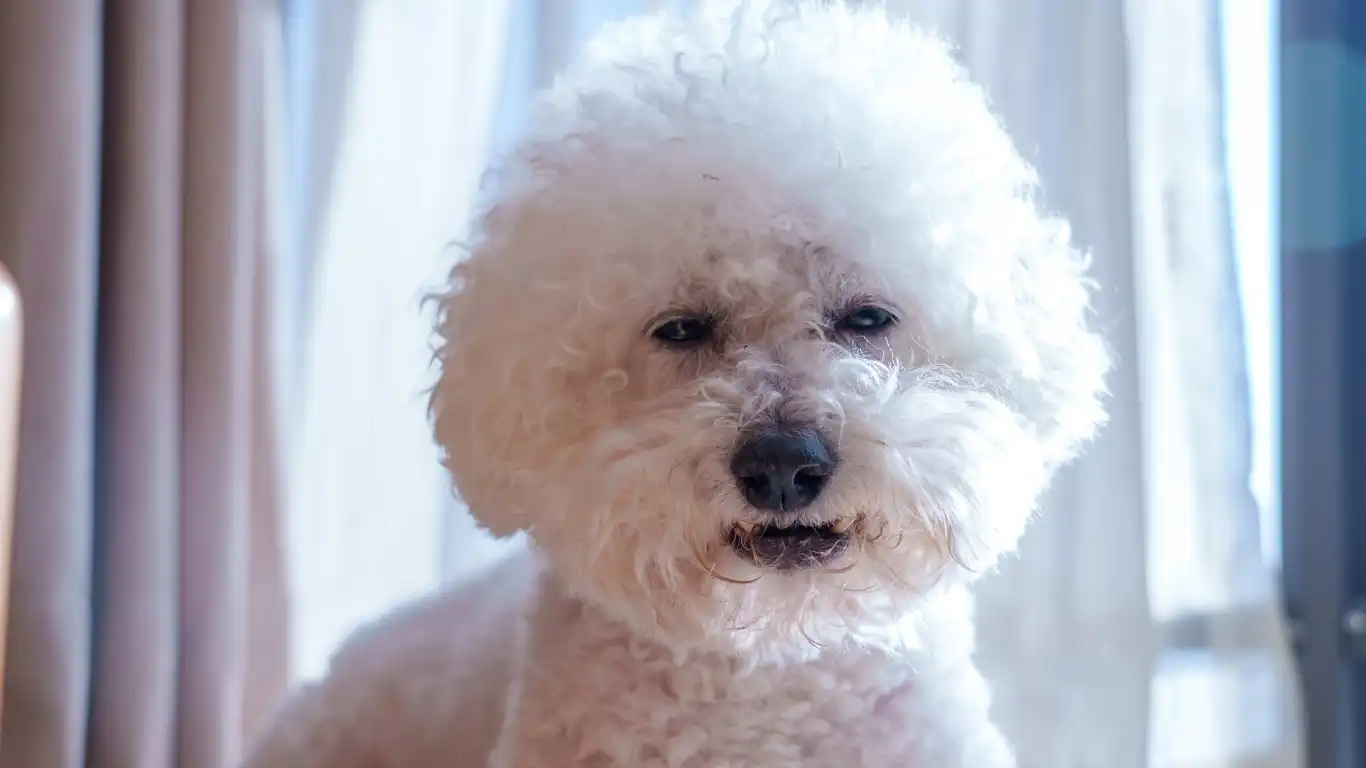
This is where training meets trust-building. If you’re wondering how to teach a dog to enjoy grooming—like, genuinely look forward to it—positive reinforcement is your best friend. And no, you don’t need to be a dog trainer to use it effectively.
Positive Reinforcement Basics:
- Reward the calm, not just the result: Don’t wait until after you’ve trimmed all the nails to give a treat. Reward for each step: paw lift, touch with the clipper, actual clip. That way, they associate each step with something good.
- Pair tools with praise: Get into the habit of talking your dog through it. “Good job, buddy,” goes a long way, especially in your normal voice. Don’t overdo the baby talk unless your dog’s into it!
- Take breaks if needed: If they start to pull away, stop and give a little break. Pushing through only builds more resistance over time.
One trick I’ve used with success? Play a short, relaxing song your dog associates with chill time every time you groom. Eventually, that song becomes a cue that “nothing bad is about to happen.” Weirdly effective.
So yeah, grooming doesn’t have to be a battle. It really is about building trust, going at your dog’s pace, and turning the whole thing into a bonding moment. I’ve seen the transformation firsthand—dogs who used to panic at the sight of a brush now rolling over like, “Alright, let’s do this.” You just have to meet them where they’re at.
Making Grooming a Routine (That Doesn’t Suck)
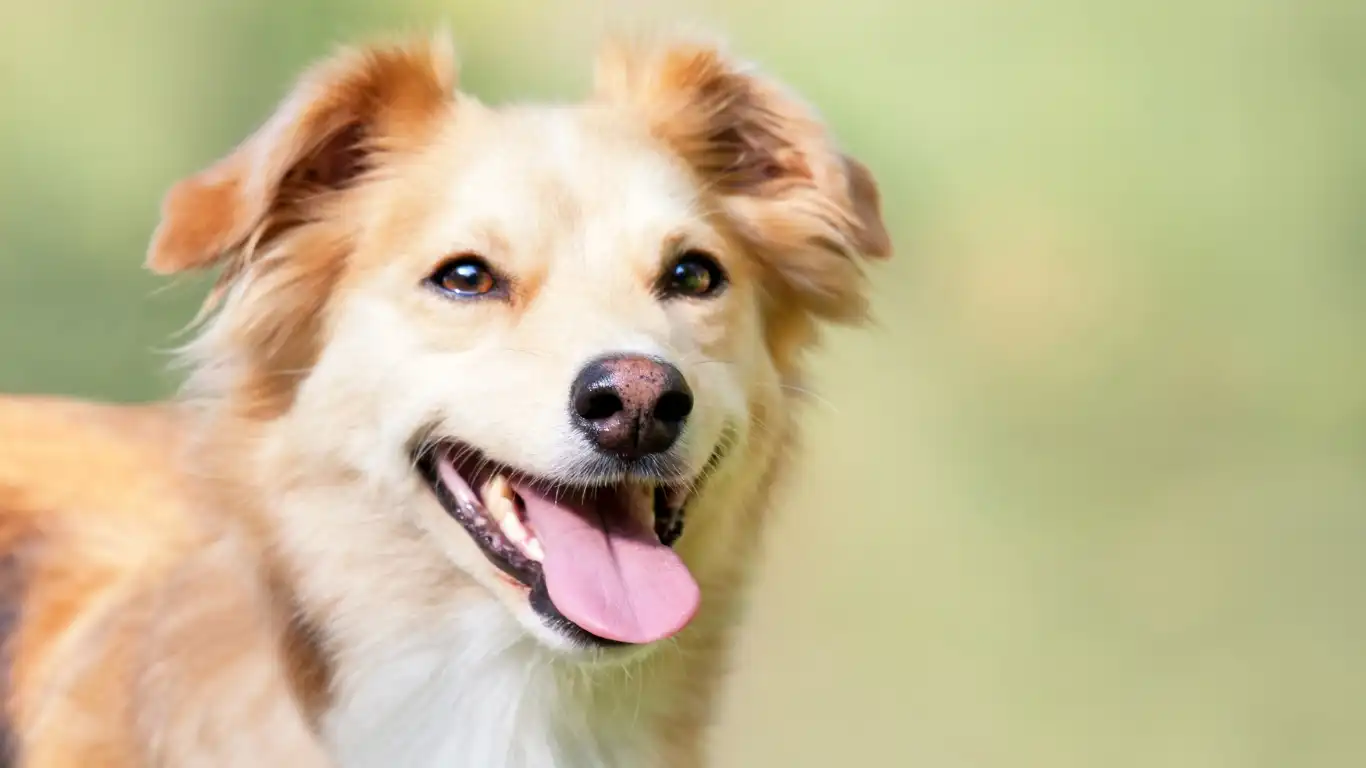
Once your pup starts to warm up to the idea of grooming, the next step is consistency. And I don’t mean a once-a-month “Oh crap, you’re a walking mop” panic grooming. I mean a chill, regular routine that both of you can get into without the drama. That’s where the magic happens—when grooming isn’t some big, scary event but just a normal, low-key part of life.
In my own house, I’ve made brushing part of the wind-down routine. After dinner, while we’re all on the couch watching TV, I’ll grab the brush and go to town for a few minutes. No pressure. No full-body baths. Just some gentle brushing and lots of praise. My dogs barely blink now when I pick up the brush.
Set a Grooming Schedule (and Stick With It)
You don’t need a whiteboard and color-coded markers, but a simple routine helps both you and your pup. Here’s a super basic weekly breakdown I often recommend to clients:
- Brushing: 2-3 times a week, depending on your dog’s coat
- Nail Trims: Every 3-4 weeks (or as needed)
- Ear Checks: Weekly—especially for floppy-eared breeds
- Bathing: Every 4-6 weeks, unless they get extra gross
- Teeth Brushing: Daily if possible, or a few times a week
If you’ve got a dog that’s still unsure, pair each session with a routine they already love—like right after a walk or mealtime. That way, grooming becomes part of a positive chain of events rather than something to dread.
Tools Matter—So Don’t Cheap Out
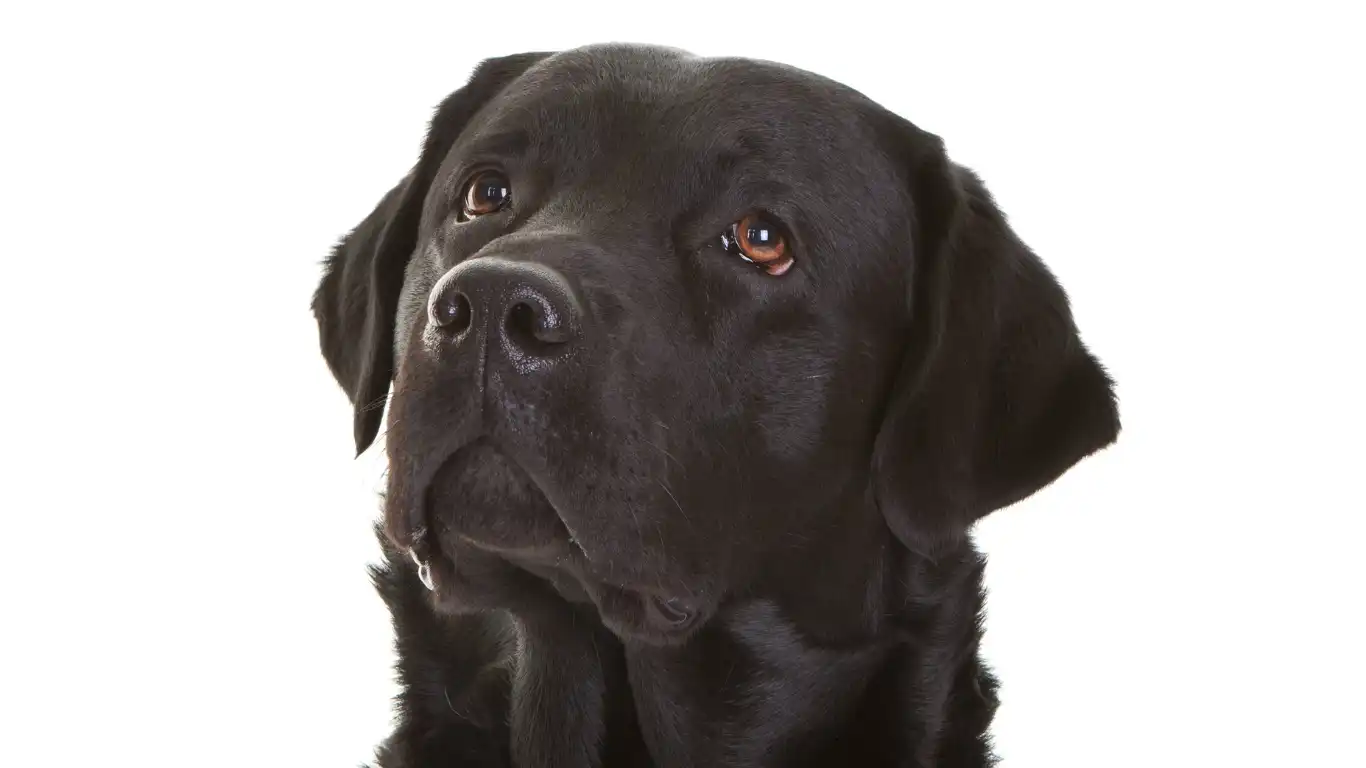
This is a hill I will absolutely die on: good grooming tools make all the difference. If you’re using bargain-bin clippers or a brush that feels like a medieval torture device, your dog is going to hate every second—and who could blame them?
One of the best tips I ever got from a seasoned groomer early in my vet tech career was: “If you wouldn’t use it on yourself, don’t use it on your dog.” And it stuck. I’ve since tested a ton of tools—some great, some… not so much. So here’s my tried-and-true list:
- Slicker brush: Great for most coat types and helps prevent matting
- Deshedding tool: Lifesaver during shedding season (hello, huskies)
- Grinder-style nail trimmers: Easier to control and less likely to hit the quick
- Dog-specific shampoo: Human shampoo can mess with their skin pH—don’t do it
- Ear cleaning solution: Always go vet-approved to avoid irritation
Bonus tip? Keep everything organized in a little basket or caddy. If your tools are easy to grab, you’re more likely to follow through on those grooming sessions. Plus, it’s just one less excuse to skip it (guilty, I know).
Creating a Positive Grooming Space
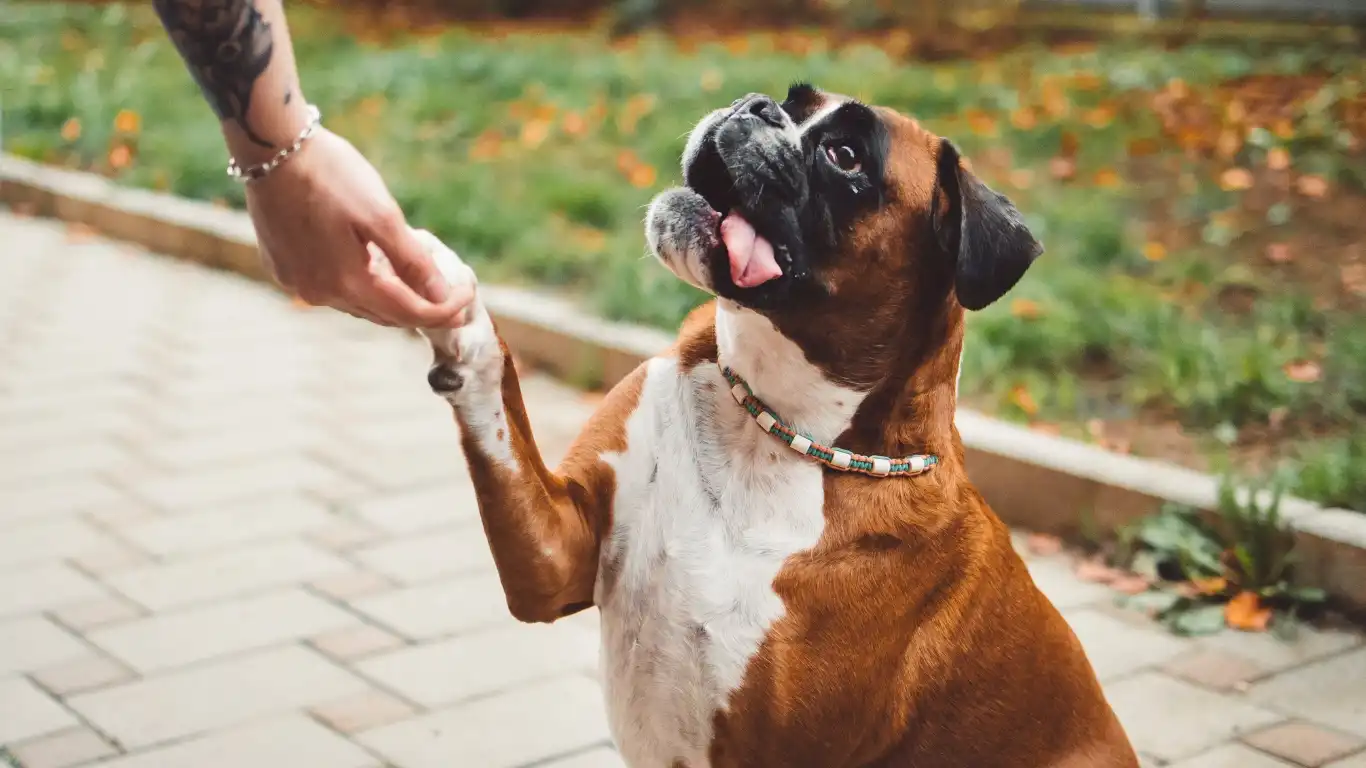
Just like we have our cozy corner for reading or a go-to café for chilling, dogs benefit from having a grooming space they associate with calm vibes. And no, it doesn’t need to be fancy. Just consistent, comfortable, and free from chaos.
What Makes a Good Grooming Spot?
- Non-slip surface: A bath mat or yoga mat works wonders
- Good lighting: Especially important for trimming or inspecting skin
- Quiet area: Turn off loud music or distracting TV shows
- Treat station nearby: Easy access to rewards makes your life so much easier
I had one client with a senior golden retriever who absolutely despised the bathroom setup. We figured out he felt more secure on the porch with a mat and a breeze going. Boom—grooming success. Sometimes you just gotta meet your dog where they’re most comfortable, even if it’s not the “typical” spot.
Watch for Warning Signs and Respect the Signals
This one’s a biggie—learning how to read your dog’s body language is key. Grooming should never cross into trauma territory, and unfortunately, I’ve seen what happens when pet parents (or groomers) push too far too fast. You want to build trust, not fear.
Signs Your Dog Is Getting Overwhelmed:
- Licking lips or yawning (subtle signs of stress)
- Whale eye (when the whites of the eyes show)
- Stiff body, tail tucked, ears pinned back
- Sudden panting even in a cool room
- Trying to leave or hiding their paws
If you see these signals, pause. Even if you’ve only clipped two nails. Take a break, offer a treat, and resume later. Forcing it will only make future sessions harder.
There’s a rescue dog I worked with named Harley—super sweet, but absolutely hated being touched below the waist. Turns out he had some old trauma around restraint. So we started by just brushing his chest and shoulders for a couple of weeks. Slowly, he let us move further down. It took time, but now he stretches out like he’s at a spa when the brush comes out. It’s all about patience, trust, and listening to what your dog is trying to tell you.
Common Grooming Challenges (And How to Overcome Them)

As much as we’d like to think that once your dog learns to enjoy grooming, it’s all smooth sailing, there are still a few bumps along the way. From unexpected shedding to nail clipping fears, every dog has their own little quirks. But with the right mindset and approach, you can tackle these challenges one by one.
Handling Excessive Shedding
If you’ve got a shedding machine (looking at you, Huskies, German Shepherds, and Goldens), brushing is a vital part of grooming. While it may seem like you’re battling an endless sea of fur, regular brushing can make a huge difference—not just in keeping your home cleaner, but also in helping your dog feel more comfortable. Less matting, fewer tangles, and better overall coat health.
Now, I’ll be honest. There are times when I’ve felt like I was brushing my own body weight in fur (thanks, Charlie the Golden). But here’s what worked for me: Using a de-shedding tool like the Furminator. It sounds fancy, but it’s really effective at getting undercoat hair without making the dog uncomfortable. Plus, always brush in the direction of the hair growth—no need to go against the grain unless you want a battle on your hands!
Dealing with Nail Trimming Phobia
Nail trimming can be a major stress point for both dogs and owners. It’s one of those tasks that, if done wrong, can lead to major fear and stress in the future. I always recommend starting with the basics: be patient, take it slow, and use a grinder instead of clippers if your dog is particularly sensitive. Grinders can feel less scary to many dogs because they don’t produce the “clipping” sound and feeling that traditional nail clippers do.
For dogs who are terrified of having their paws touched, here’s a trick I’ve used successfully: start by desensitizing them to paw handling without even using clippers. While you’re on the couch, simply hold each paw for a few seconds, rewarding with a treat each time. Do this consistently, and before long, your dog will associate paw handling with something pleasant rather than scary.
When to Call in the Professionals

Not every dog is cut out for at-home grooming. Some dogs may have a severe fear of grooming or might need expert attention due to their coat type or health conditions. In these cases, it’s perfectly okay to call in a professional groomer who has the experience and equipment to handle your dog with care.
Signs You Need a Pro:
- Severe anxiety: If your dog reacts aggressively or becomes overly stressed during grooming attempts, a professional groomer or even a veterinary behaviorist may be necessary.
- Health-related issues: If your dog has skin problems, injuries, or health concerns that require special attention, a professional groomer with veterinary knowledge is a good call.
- Severe matting: Some breeds (like Poodles and Shih Tzus) are prone to matting. While light tangles can be managed at home, severe mats often require the expertise of a groomer with proper tools.
Professional groomers aren’t just there for a fancy haircut—they’re there to help your dog stay safe, healthy, and comfortable. If you don’t feel confident with a certain grooming task, don’t hesitate to make that appointment. I’ve seen so many dogs that get a sense of calm from the skilled hands of a professional, which makes the experience much easier at home next time.
Keep It Positive—Celebrate the Wins!
Just like with anything else, celebrating progress is key to maintaining motivation and a positive outlook. Every time your dog shows improvement—whether it’s sitting calmly through a nail trim or letting you brush for a little longer—give yourself a pat on the back. And, of course, reward your dog with treats, belly rubs, or whatever makes them feel extra loved.
Remember, grooming isn’t just about looks—it’s about the bond you share with your dog. It’s a time for connection, trust, and care. Every brush stroke, every nail clip, every bath is an opportunity to reinforce that trust. And let’s face it, our dogs give us so much love, the least we can do is make grooming a comfortable and positive experience for them!
It’s been such a journey to see my own dogs go from squirming during grooming to now actually enjoying their sessions. It’s not always easy, but the payoff is more than worth it. So, take your time, be consistent, and most importantly—have fun with it. Your dog will thank you for it in their own way!
Additional Resources for Dog Grooming
If you’re looking for more detailed advice on dog grooming, I always recommend checking out resources from trusted sites like American Kennel Club for breed-specific grooming tips or PetMD for health-related grooming advice. These sites provide a wealth of information to help you and your dog on your grooming journey.
Disclaimer
The information in this article is intended for general informational purposes and should not replace professional veterinary or grooming advice. If you have concerns about your dog’s grooming routine or health, please consult with a qualified veterinarian or professional groomer.
